An innocuous looking mushroom that is among the most poisonous in the UK along with the Destroying Angel.
Home / Mushroom Guide /
Deathcap
Deathcap
| Mushroom Type | |
| Common Names |
Deathcap (EN), Death Cap (US), Cap Marwol (CY), Muchomor Zielonawy (PL), Gyilkos Galóca (HU) |
| Scientific Name |
Amanita phalloides |
| Season Start |
Jul |
| Season End |
Nov |
| Average Mushroom height (CM) |
10-14 |
| Average Cap width (CM) |
8-12 |
Please note that each and every mushroom you come across may vary in appearance to these photos.
Cap
8-12 cm. Convex at first then opening and flattening. The cap colour can vary from olive green to dirty yellow or even tan brown. Slimy when wet but still looking shiny when dry.
Stem
10-14 cm long, 1-1.5 cm diameter. White with a bulbous base and surrounded by a thin veil (volva) which is sack-like at ground height, tapering slightly towards the cap. The top of the volva will often be found attached to the stem more than halfway up, looking like a skirt.
Spore Print
White. Ellipsoid to subglobose. You should scrape your spores into a small pile to get an accurate spore colour.
Taste / Smell
DO NOT try any part of this mushroom.
Frequency
Uncommon but can become more frequent some years when the conditions are right.
Other Facts
The symptoms of Deathcap poisoning can start several hours after ingestion with severe vomiting, diarrhoea and abdominal pains and can last for a few days; this is followed by what seems to be a recovery for a few days but ending in death from kidney and liver failure. The main poison, alpha-amanitin, kills liver cells and passes through the kidneys to be recirculated and cause more damage.
There are things that can be done to try and mitigate any harm from ingestion of the Deathcap while on the way to hospital. Excessive hydration with water can be very helpful as soon as possible. In hospital they can now sometimes treat the poisoning using an extract of milkthistle, if not, dialysis followed by new kidneys and possibly liver is the only option.

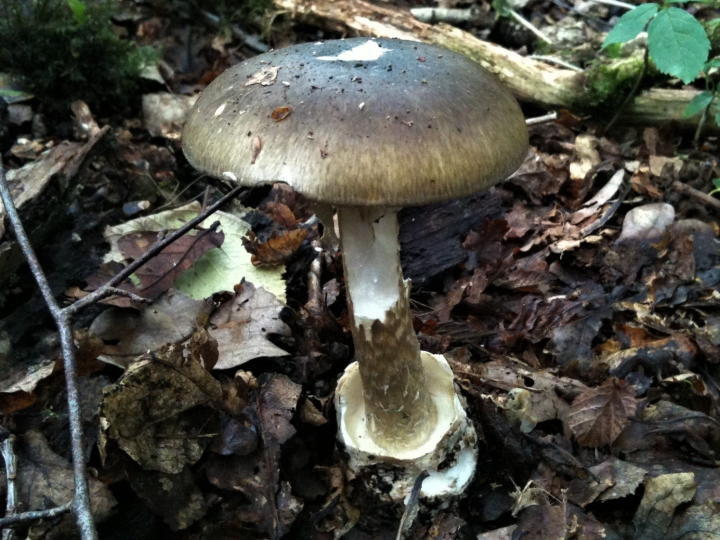















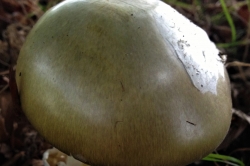
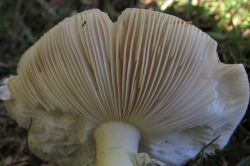
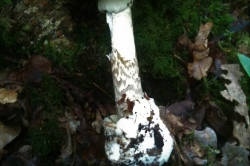
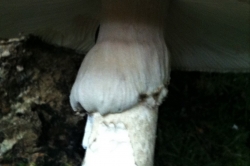
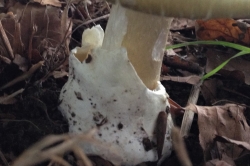
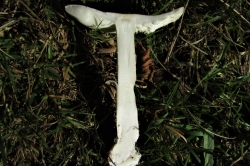
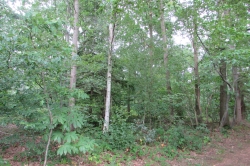







Leave a Reply